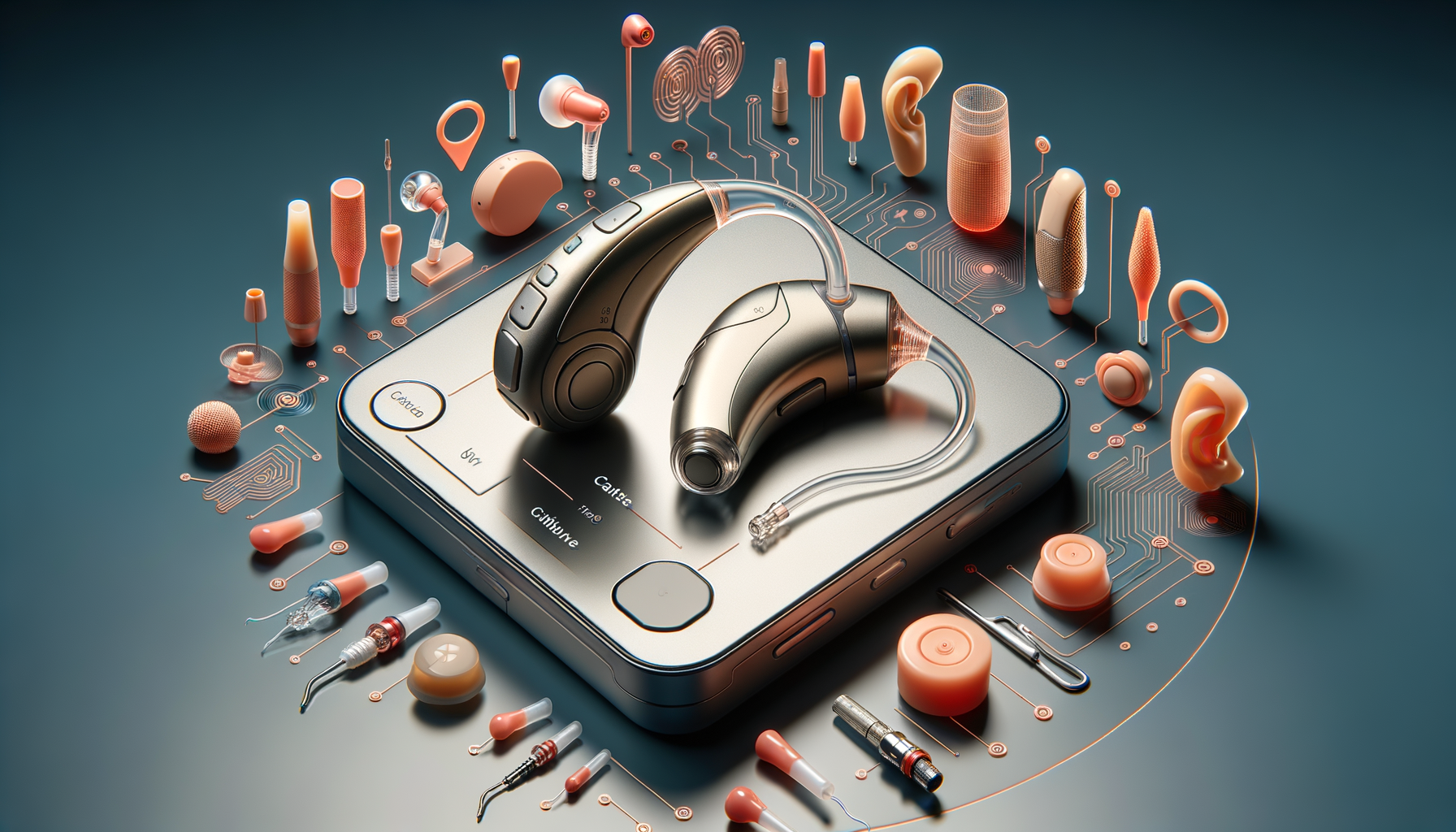Introduction to Hearing Aids
Hearing aids have long been a crucial tool for individuals with hearing impairments, transforming the way they interact with the world. As technology advances, so too do the capabilities of these devices, offering users improved auditory experiences and greater convenience. This article delves into the latest advancements in hearing aid technology, exploring how they are enhancing the quality of life for many.
Understanding Modern Hearing Aids
Modern hearing aids have come a long way from their bulky predecessors. Today’s devices are not only smaller and more discreet but also packed with advanced features that cater to a variety of hearing needs. These devices work by amplifying sound through a microphone, which is then processed and sent to the ear through a speaker. The digital revolution has allowed for more precise sound processing, enabling users to enjoy clearer sound quality.
Some of the standout features of modern hearing aids include:
- Directional Microphones: These help focus on sounds coming from a specific direction, which is particularly useful in noisy environments.
- Noise Reduction: Advanced algorithms filter out background noise, allowing users to focus on important sounds.
- Wireless Connectivity: Many hearing aids can now connect to smartphones and other devices, providing seamless audio streaming.
- Customizable Settings: Users can adjust settings to suit different environments, ensuring optimal hearing in various situations.
These features are just the tip of the iceberg, as ongoing research continues to push the boundaries of what hearing aids can achieve.
Technological Innovations in Hearing Aids
Recent years have seen remarkable technological innovations in hearing aid design and functionality. One of the most significant advancements is the integration of artificial intelligence (AI). AI-powered hearing aids can learn from the user’s listening habits and automatically adjust settings to provide the best possible sound quality.
Another exciting development is the use of rechargeable batteries, which offer a more sustainable and convenient alternative to traditional disposable batteries. This innovation not only reduces waste but also ensures that users are not caught off guard by a dead battery at an inconvenient time.
Additionally, hearing aids are now being designed with health-tracking capabilities. Some models can monitor physical activity, heart rate, and even detect falls, providing valuable health information and added safety for users.
These technological innovations are making hearing aids more than just a tool for hearing; they are becoming comprehensive devices that enhance overall well-being.
The Impact of Hearing Aid Advancements on Users
The advancements in hearing aid technology have a profound impact on users, offering them unprecedented levels of control and customization. For instance, the ability to connect hearing aids to smartphones means users can easily adjust settings, stream music, and take calls directly through their devices. This connectivity fosters greater independence and ease of use.
Moreover, the improved sound quality and noise reduction capabilities mean users can engage more fully in social situations, which can significantly boost confidence and quality of life. The added health-monitoring features also provide peace of mind, especially for older adults who may be at risk of falls or other health issues.
These benefits highlight the importance of continued investment in hearing aid technology, as it plays a critical role in the lives of those with hearing impairments.
Conclusion: The Future of Hearing Aids
As we look to the future, the potential for hearing aid technology is vast. With ongoing research and development, we can expect even more sophisticated devices that offer enhanced sound quality, greater connectivity, and additional health features. These advancements will continue to improve the lives of users, making hearing aids an essential tool for communication and health management.
The strides made in hearing aid technology demonstrate a commitment to improving accessibility and quality of life for individuals with hearing impairments. As technology continues to evolve, so too will the opportunities for those who rely on these devices, ensuring that they remain connected to the world around them.




Leave a Reply